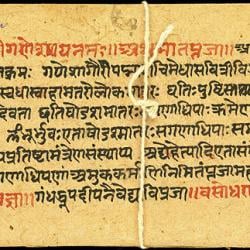Mahesha, who has a recipe blog, talks about the the pandanus – or rampe leaves as they are called in Hindi (?). 
Pandanus is a long leafy bush like plant, propagated via leaves or roots. Leaves do not taste very nice, so you do not eat them but when you cook it with rice and curry dishes, they produce a nice mouth watering aroma. You discard the leaves before serving.
Wikipedia has more information on it too… here are the main benefits of this plant..
Pandan is said to be a restorative, deodorant, indolent and phylatic, promoting a feeling of wellbeing and acting as a counter to tropical lassitude. It may be chewed as a breath sweetener or used as a preservative on foods. It is also said to have flavonoids which are believed to have a variety of healthful properties, including antiviral, anti-allergen, antiplatelet, anti-inflammatory, and antioxidant
…. and some more characteristics… so.. why not try it?
Pandanus vary in size from small shrubs less than 1 m tall, up to medium-sized trees 20 m tall, typically with a broad canopy and moderate growth rate. The trunk is stout, wide-branching, and ringed with many leaf scars. They commonly have many thick prop roots near the base, which provide support as the tree grows top-heavy with leaves, fruit, and branches. The leaves are strap-shaped, varying between species from 30 cm up to 2 m or more long, and from 1.5 cm up to 10 cm broad.
They are dioecious, with male and female flowers produced on different plants. The flowers of the male tree are 2-3 cm long and fragrant, surrounded by narrow, white bracts. The female tree produces flowers with round fruits that are also bract-surrounded. The fruits are globose, 10 to 20 cm in diameter, and have many prism-like sections, resembling the fruit of the pineapple. Typically, the fruit changes from green to bright orange or red as it matures. The fruit is edible.
Powered by Qumana














